If you find yourself managing a WiFi enterprise network for the first time, you will quickly realize that you need the right expertise and instrumentation to do your job well and assure availability and performance to your users (and customers). You need WiFi monitoring sensors!
The problem is that WiFi networks are more prone to connectivity and performance issues than wired ones because the signal travels through the air and not in a shielded cable. As a result, troubleshooting WiFi networks requires extra skills and expertise that not all (wired) network engineers possess.
The WiFi engineer must be aware of environmental factors that could affect the quality of the signal between a sender and a receiver, like:
- surrounding space
- distance
- electrical interference
- weather conditions
- moving objects
While designing a WiFi network, it’s very important to do a proper assessment of the physical area where the service will be provided. This will allow you to choose optimal locations for the access points and the right vendor to support such a deployment.
From design to monitoring
We all know that your work is not completed once the WiFi design is implemented and the access points are installed and configured. Monitoring the WiFi service from the client perspective is equally important. Below are the most important metrics to measure and record:
- wireless signal and quality
- local access points
- network and application performance
This information is available on most of access points’ management systems. However, it only gives us one side of the story: that of the network infrastructure. We need the same data from the client perspective so that we can capture the environmental factors that are impacting the client performance and, consequently, the end-user experience.
Sensor-based WiFi monitoring
Deploying a sensor-based network monitoring system was not possible ten years ago. The cost of personal computers was still pretty high, and laptops, even if portable, were still too bulky. Fortunately, in the last few years, we have seen many single-board computers entering the market that provide enough resources at a reasonable price to be able to implement this monitoring strategy. You can now buy a Raspberry Pi with 1GB of RAM and a quad-core CPU for less than $50 and implement a sensor-based network monitoring solution yourself 🙂 If you want to learn more about this, read the blog post I wrote about WiFi monitoring with a Raspberry Pi.
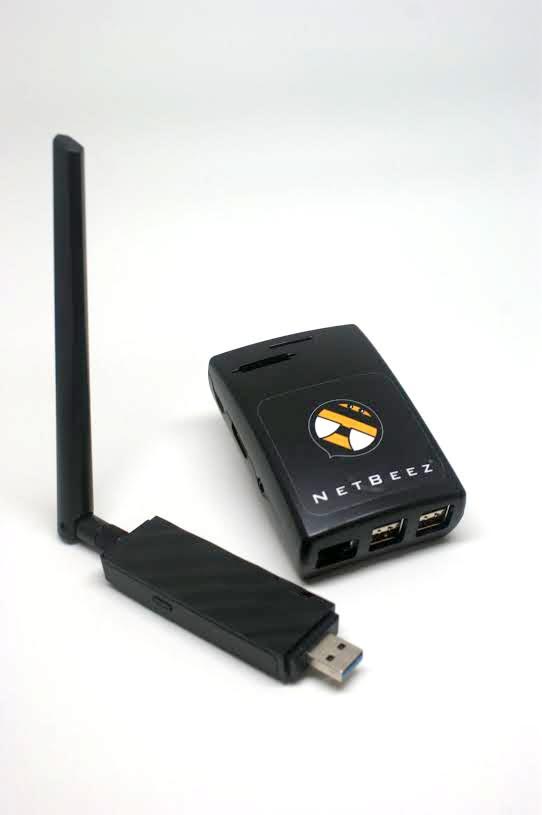
Here is a list of WiFi metrics that you can get from a sensor-based monitoring solution:
Monitoring the WiFi signal
Link quality – Estimate of link quality expressed in %
Signal strength – Signal strength measured in dBm
BSSID – MAC address of the access point the WiFI sensor is connected to
Channel – The WiFi sensor should be dial-mode and support the 2.4GHZ and 5.0GHz
Bit rate – Bit rate established between access point and sensor
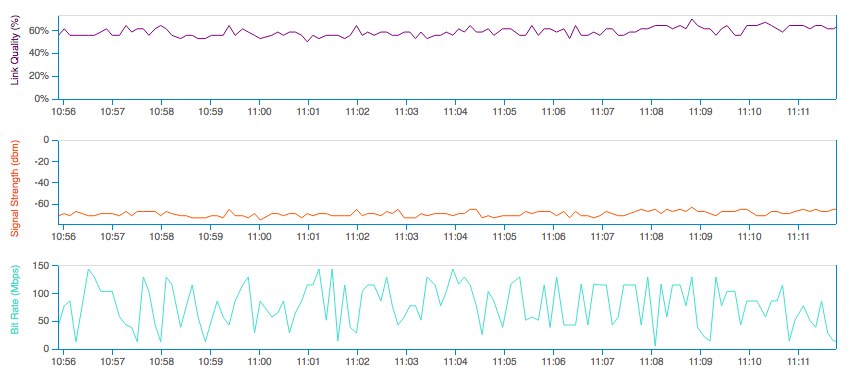
Monitoring the WiFi environment
Available SSID’s – The sensor can list all the locally broadcasting WiFI networks to verify if there are other access points broadcasting on the same channel
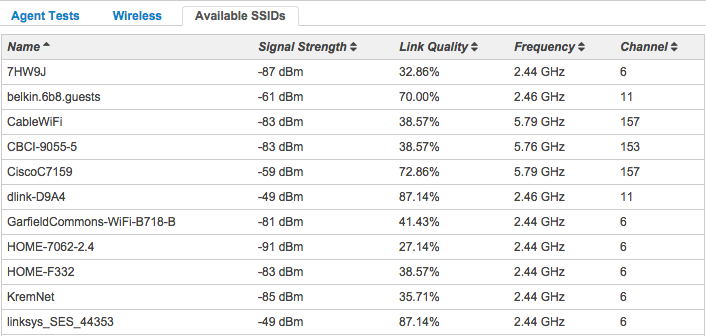
Monitoring the WiFi performance
PING – The sensor can continously measure end-to-end latency and packet loss to a remote destination, internal and/or external
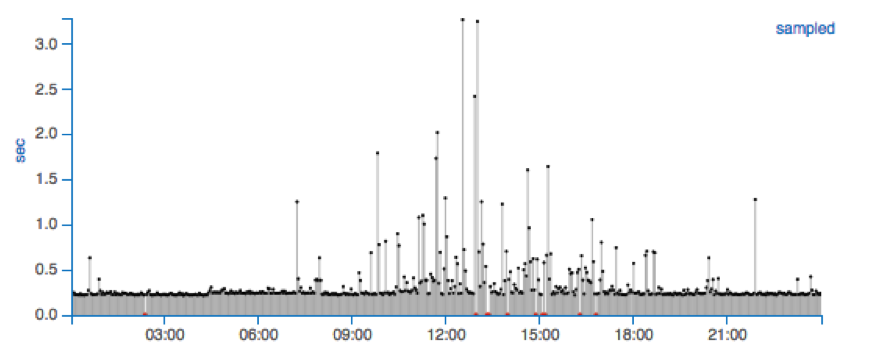
Speedtest – The sensor periodically runs a download and upload speed test to verify bandwidth available to the Internet
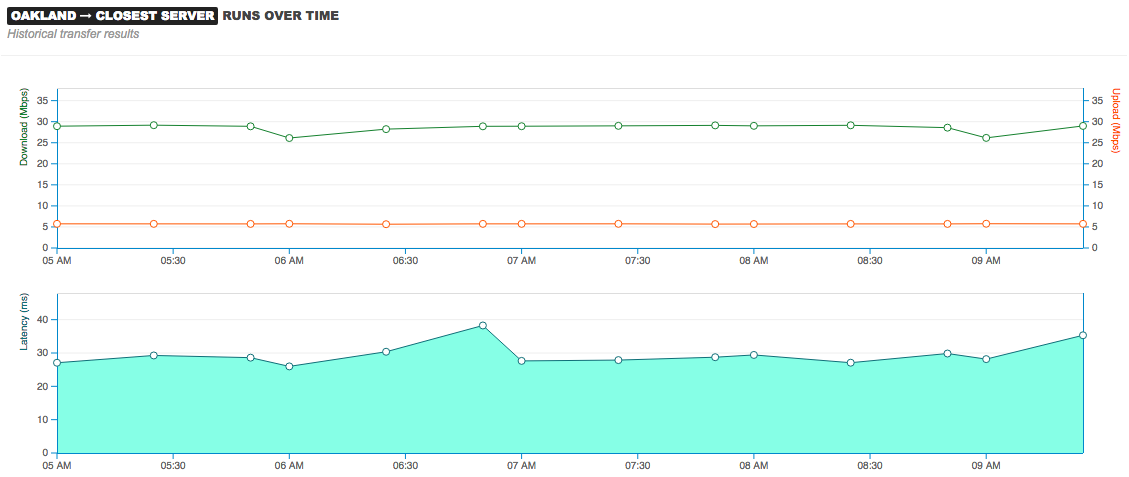
Iperf – The sensor periodically runs a bandwidth stress test with another WiFi sensor to measure bandwidth available between the devices
This list may not be comprehensive, but it’s definitely a good start for monitoring a WiFi network from the client perspective. If you want to learn more about monitoring the WiFi network from the client perspective, download our WiFi Monitoring Guide for free.





